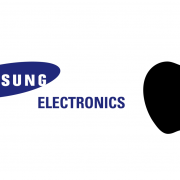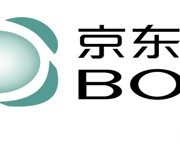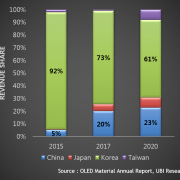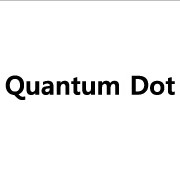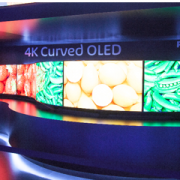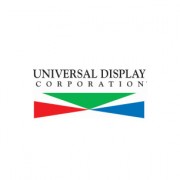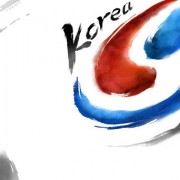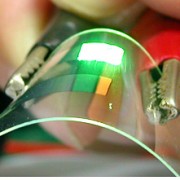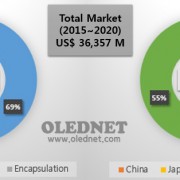As the sales of Korean display companies drop drastically, the business profits are under the serious situations.
In 2012 when Samsung Display was established, the sales was about 33 trillion won and 29.8 trillion won in 2013, reduced by 10%. And it is expected to be about 24 trillion won, decreased about 20% compared to the previous year. LG Display is undergoing the similar situation where the sales was 29.4 trillion won in 2012 and 27 trillion won in 2013, losing the amount of 2.4 trillion won. The prospected sales for 2014 is about 25~26 trillion won.
Samsung Display’s business profits recorded 3.2 trillion won in 2012 and 3 trillion won in 2013, but the profit of 2014 is not anticipated as it is only 140 billion won in the second quarter of the year. Meanwhile, the business profits of LG Display were 0.9 trillion won in 2012 and 1.2 trillion won in 2013, expecting 1.4 trillion won in 2014.
While the sales and business profits of Samsung Display are slumping, the LG Display is improving its business value as the business profit increases slightly despite the sales decrease.
But these companies are facing inevitable sales decrease due to the intense investments and panel cost reductions of Chinese display companies, and increase of the production costs, worsening sales conditions of Korean display companies. Moreover, it is even harder to secure competitiveness as the technology level of Chinese panel companies are getting closer to that of Korean companies.
The problem is the decrease in the business profit. In reality, Samsung Display maintains the 33,000 employees since 2012. Given that the sales has decreased by 30% from 33 trillion won to 24 trillion won, keeping the same number of employees implies chronic structure of restricting the improvement of business profit. In purely arithmetical terms, Samsung Display requires structural adjustment of about 10,000 employees. The situation is unfavorable with LG Display as well. LG Display has about 55,000 employees which is 20,000 more than Samsung Display. LG Display’s business profit for this year might be greater than that of Samsung Display but it is relatively in bad circumstances considering sales per individual.
There still is no element likely to appear in 2015 to enhance the sales and business profits more than 2014. The sales fall is expected as the price is continually decreasing without any additional investment, and there is a high probability of business profit drop. However, there is a chance to increase the sales and business profits if these companies secure a market for the expensive OLED panel.
For display companies, the only way to achieve business profits without restructuring is lowering the supply prices of the parts, materials, and equipment. The OLED material industry which is blossoming now is struck by the mortal blow of 50% decrease of OLED emitting materials and relevant materials compared to 2012. The price decrease range of materials is excessively severe compared to the price decrease of the panel. Some companies are reconsidering the business and the poor performances of those display companies are shaking the forward and backward linkages of the industries higher than the actual numerical value.
To save the entire Korean display industries, Samsung Display and LG Display must secure the sound financial structure through structural adjustments rather than requesting of cost reduction for the supplier unilaterally.
The collapses of Japanese companies resulted from retaining the employments in spite of sales aggravation must be taken as a lesson.
reporter@olednet.co.kr

